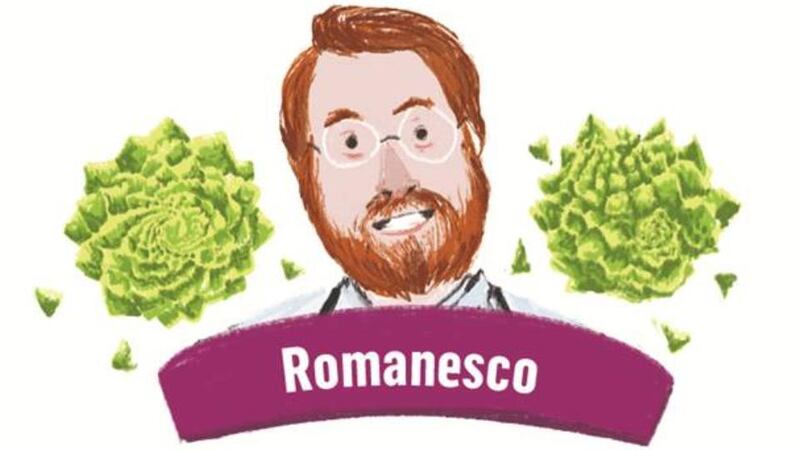Romanesco is not a vegetable that all will readily identify. A “strange cauliflower or broccoli” is what most students in our cooking classes call it. Indeed, it is related to both, so they are not altogether wrong. All are edible buds of the brassica family.
Perhaps the most amazing thing about romanesco (which simply means, ‘of Rome’) is its fractalised shape, with each small floret mirroring the overall shape of the vegetable. And it makes a beautiful light green purée that goes well with all white fish.
To prepare it, turn the vegetable upside down and remove the stalk carefully. When I’m making a purée, I first cut away the best florets and keep them for another dish, such as a salad.

In a small pot on a medium heat, I melt a large lump of butter. When the butter is brown and nutty, I add the rest of the florets. Season with a little sea salt and cook for a few minutes until the floret have a nice golden colour (at this stage you could just eat them with some grated hazelnuts).
Cover the florets with milk and add a dash of cream. Simmer on a low heat until the florets are soft. Strain the liquid and reserve. Blend in a food processor with enough of the liquid to make a beautiful creamy purée. Pass through a fine sieve for that extra velvetiness.
I blanch the rest of the florets briefly in salted boiling water and plunge them immediately into ice water to halt the cooking.
To make a nice salad: combine the florets, thinly sliced radish, apple wedges, and some cooked chickpeas in a large bowl. Season with some extra virgin rapeseed oil, apple balsamic vinegar, and a little sea salt. Add a handful of chopped flat-leaf parsley and mix the lot.
Finally, mix a small pinch of smoked salt with some goat’s yogurt and spoon a large dollop onto the top of the salad.











